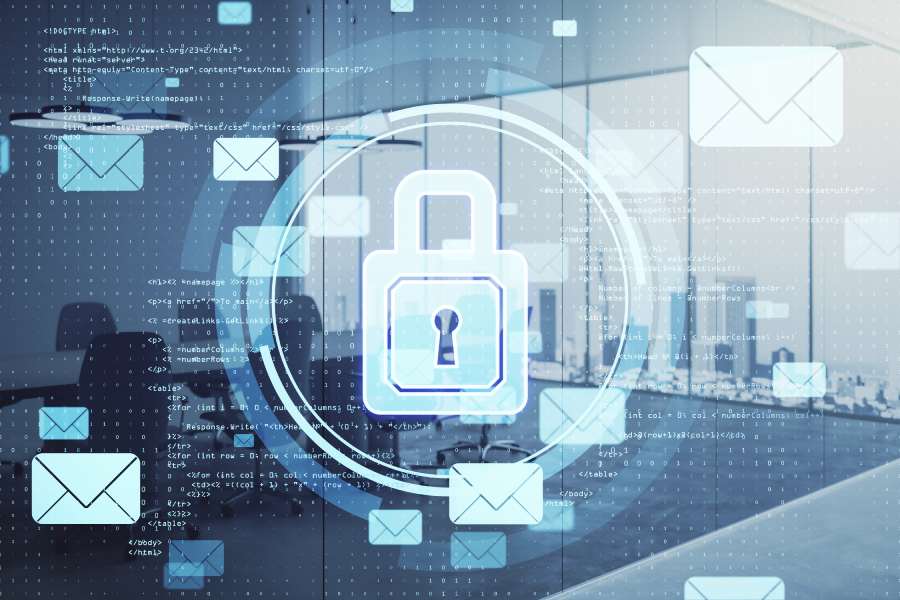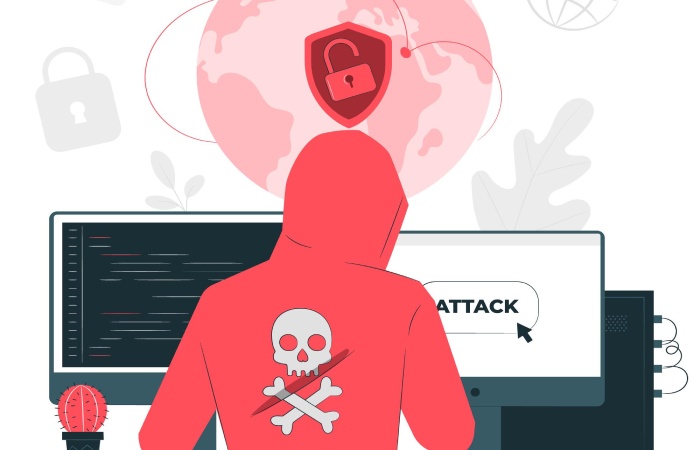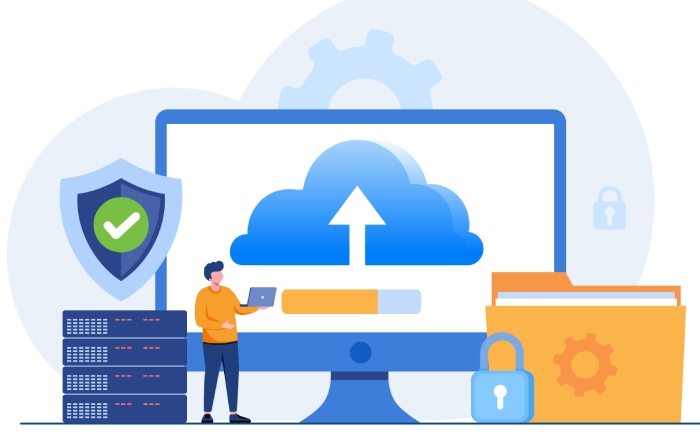2020 has been a tumultuous year globally, with almost every industry suffering because of the pandemic. It has given rise to a revolutionary shift in the work culture as more people started working from home/remote locations. Emails have become the primary communication mode for everyone, from students to workers. Malicious actors have enjoyed a good outing under such circumstances, using spear-phishing, BEC, and ransomware to globally infiltrate enterprise networks.
Some Important Cybersecurity Statistics
The year 2020 helped malicious actors in many ways to infiltrate institutional networks, mainly due to Covid-19. Here are some related statistics.
- 51% of organizations worldwide have suffered a ransomware attack. As a result, they have endured up to three days of downtime, on average.
- Only 21% of organizations provide monthly training on cybersecurity awareness to their employees. The lack of understanding and the failure to enhance the human firewall has exposed these organizations to considerable risk.
- Nearly 96% of phishing attacks arrive by email. Hence, email security should be the primary focus area going ahead in 2021.
- The top impersonated brands for 2020 are Apple, Netflix, Yahoo, PayPal, WhatsApp, Microsoft, Amazon, eBay, Chase, and Facebook.
Famous Email-based Cyber Attacks Of 2020
Before discussing how to ramp up email security in 2021, here are some famous cyberattacks that took place in 2020 involving the email route.
- Marriott Hotel attack – In March 2020, the Marriott Hotel chain suffered a cyberattack that resulted in the infiltration of email accounts and credentials of more than 5.2 million hotel guests.
- In June 2020, the University of California SF had to pay a ransom of nearly $1.14 million to malicious actors to protect the Covid-19 research.
- The Ritz, London – In August 2020, fraudsters posed as hotel staff members in a clever phishing scam against their clients.
Email-related Threats For Organizations
Let us now discuss different types of email security breaches that organizations should be aware of and mitigate.
- Email Spam – Though spam seems to be more of an annoyance than a threat, it can have dangerous repercussions when left in the wrong hands. It can pose a severe risk to data security. One of the popular spam messages is email bombing, where the victim gets a deluge of email messages enticing them to sign up on unprotected sites and make them vulnerable.
- Phishing – Phishing involves the cybercriminal impersonating a trusted source and sending emails containing malicious attachments or links. Unsuspecting users download these attachments or click on such links and expose themselves to cyberattacks.
- Ransomware: Malicious actors use emails to introduce data-encrypting malware into the victim’s enterprise network. The criminal demands a ransom in bitcoins to provide the decryption keys to the encrypted data.
Some of the other prevalent methods include introducing viruses into the enterprise network by sending payloads. Insider threats are also a significant source of cyberattacks because employees usually have access to sensitive information.
Email System Strengthening For 2021
Having discussed the common types of email threats in 2020, here are some ways to strengthen the email infrastructure in 2021.
Invest in quality antivirus software solutions
One of the best phishing protection measures is to invest in a robust antivirus software solution. Though it is an obvious anti-phishing service choice, one needs other security measures for quality ransomware protection.
A secure email gateway can prove handy
Having a secure email gateway is critical as they prevent the transmission of emails that send malware or transfer malicious information and breaks the organization’s email security policy. Besides, it also filters both incoming and outgoing email traffic and flags suspicious emails. When paired with automated email encryption, it identifies outgoing messages containing sensitive information and encrypts them, restricting malicious actors from accessing the contents.
Email archiving can help
Regulatory and legal compulsions require creating a paper trail of email messages. Hence, many businesses opt to have secure email archiving solutions to store email records. It is essential because a malicious actor with the right credentials can access sensitive data and put the entire organization at risk. It is better to look for email archiving solutions that use supplementary security measures like user authentication, user encryption, and role-based permissions to ensure a multilayered security approach.
Have proper MX Backup
Malicious actors employ innovative methods to disrupt email services. When the mail server is compromised, it can disturb internal and external communications. It can cause email bouncing, thereby affecting the business and causing potential revenue losses. MX Backup solution prevents emails from bouncing back to the sender as undeliverable.
A secure outbound SMTP service is crucial.
Having a secure outbound SMTP service ensures that email messages make it to the inbox by authenticating the sender, thereby adding to the email security infrastructure.
Explore secure email hosting services
Email hosting security is a cloud-based email filtering service provided by online security organizations. It comes with features like anti-phishing services, ransomware protection, and many more. The low maintenance solution ensures adequate email security while the service provider performs software updates.
Exercise caution during mergers and acquisitions
Mergers and business acquisitions are common in these challenging times. Such exercises involve the migration of email accounts from one entity to another. Having unsecured solutions can result in massive email leaks, thereby compromising critical data. The ideal solution is to have a tenant to tenant migration involving the migration of mailboxes, instances, cloud storage accounts, and domains from one tenant to another.
Final Words
As we saw from the statistics shown above, a majority of security breaches take place through emails. Hence, every organization should invest in a robust email security strategy to prevent its employees from falling into the malicious actor’s trap and compromising critical and confidential data. It can help businesses strengthen their email infrastructure in 2021.


